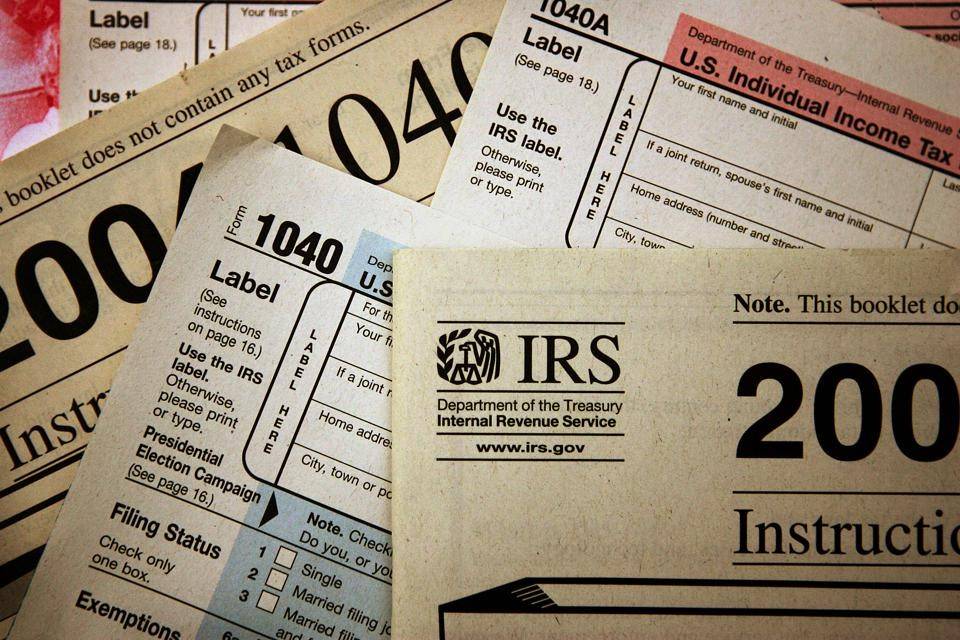
There are a few changes to the rules for the employee retention credit. Businesses established in 2019 can now use the quarter in which they began as the base for determining their decline for the quarter. In addition, employers can now include tips in qualified wages. As a result, this change should allow more employers to take advantage of the employee retention credit.
The tax credit created by Congress during the pandemic
The COVID relief legislation passed in the House on February 27 includes two key tax credit provisions. These credits will significantly help low-income Americans, particularly Blacks, Latinos, and individuals without a college degree. The legislation aims to reduce the economic fallout of the epidemic and address the barriers to obtaining high-paying jobs.
During the pandemic, Congress passed several laws, including the Coronavirus Aid, Relief, and Economic Security Act, or CARES Act. One of those laws created a payroll-tax credit called the Employee Retention Credit.
This credit is fully refundable and applies to wages paid during the year. The tax credit will be increased in 2021 to 70% of qualified wages.
70% of qualified wages
To qualify for the employee retention credit, your business must have at least one employee and be a U.S. taxpayer. The credit is based on the first $10,000 in qualified wages each quarter. For example, if you pay Keith $10,000 in the first quarter of 2021, you can get a credit of $7,000 – 70 per cent of his wages.
If you pay him another $10,000 in the second and third quarters of the year, you get a credit of $5600. And if you hire Kelly in the third quarter, his wages total $10,700, which equals $7,000 credit.

As of 2022 Employee Retention Credit is available to any employer with at least one employee. However, employers that employ less than 100 employees have different rules. Also, if you lose an employee because you are restructuring your business, you won’t get the credit. This credit is not available to nonprofit employers or nonprofit organizations, and is only available to for-profit businesses.
Employers can include tips in qualified wages
Employers can include tips in qualified wages and claim credit for that amount. However, if you have more than 100 full-time employees, you can’t include them. In addition, tips paid to family members of 50% or more owners cannot be included.
Until 2021, wages paid to employees related to you will not qualify for the credit. The wages that qualify depends on whether your business is a small, medium, or large employer. If you’re a small employer, you may not be able to claim the credit, but if you meet the threshold, you can claim the benefit. A small business with fewer than 100 full-time employees could receive little benefit in 2020 but millions of dollars in benefits in 2021.
Filing requirements
Employee retention credit (ERC) can be lucrative tax relief for business owners. The tax credit can be applied toward your federal payroll taxes, and the excess is refundable. However, it is not available for self-employed individuals or government employers.
The amount of credit that can be claimed depends on the qualifying wages paid to your employees. The maximum credit per quarter is $10,000. If you are unsure about the amount of credit you can claim, consult with a tax professional or a payroll specialist.










